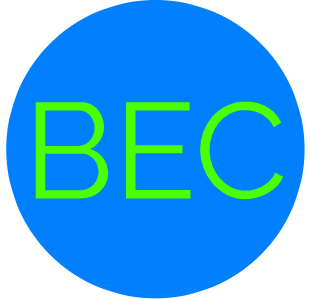Perceived value drives voluntary support of sustainability
Engaging 10% of a society can lead the rest of the population to adopt sustainability activities and quickly develop a Culture of Sustainability. (see the Speed of Cultural Change). People and organizations will do this voluntarily because they perceive personal value. For example:
- Businesses realize cost savings (e.g. lower travel costs)
- Individuals see health benefits (e.g. walking to the store)
- People feel they are helping (e.g. reducing emissions)
The Biosphere Eco-City (BEC) Model is based on voluntary actions. Its Tools of Engagement provide many opportunities for people to learn about and share information on actions for sustainability. Voluntary actions can increase the speed with which a Culture of Sustainability develops. Following are a few examples from around Ottawa, Canada.
Skit at All Saints Catholic School for a Sustainability Plan

Skit on Sustainability Planning. Photo: Cathy Gloade
It was just a silly skit for grade 7 students, but the kids loved it. They built on the ideas presented, and in the next period went on to develop a sustainability plan for their whole school (grades 7 to 12). A writer of the skit – a grade 6 student – was in the skit too (see photo).
Discussions for Hintonburg Community Sustainability Plan

Community discussion on Habitat. Photo: J. Birtch
It didn’t take long to find 15 volunteers to lead discussions. Then over 40 people attended evening workshops to develop Ottawa’s first Community Sustainability Plan. Local businesses were well represented too. Discussions mixed passion and enjoyment, as shown by the picture of the Habitat group (see photo).
Launch of Ottawa Sustainability Tour

City Councillor, School Board President and Mayor launching the Ottawa Sustainability Tour. Photo: John Morrell
Sustainability can be fun. The launch of the self-guided Ottawa Sustainability Tour started with a pancake breakfast in Canada’s only urban sugar shack. There were lots of laughs among the bike riders, electric car drivers, local folk and celebrities (see photo).
Children’s Sustainability Mural

Children’s mural of their sustainable community. Photo: J. Birtch
At a local fair, over two dozen children painted a mural of how their community would look when it was sustainable (see photo). Likely, they went on to involve their families in sustainability projects. The mural was hung in the local children’s library to inspire many others.
Waste Management Tour

Control station for electricity generation from methane at a waste management site. Photo: J. Birtch
Ottawa BEC organized a tour of a large waste management site. Participants saw ponds and forests managed for habitat conservation, a methane collection system, and the control station for generators producing electricity from the methane (see photo).
Water Rangers Water Testing Kit

Teaching use of water testing kit. Photo: Abbey Neville
This is a great example of citizen science supporting natural capital. Partnering with Ottawa BEC, Water Rangers has been marketing kits to measure the quality of lakes and rivers. Many students as well as researchers use them. Also parents, grandparents and schools buy them to teach their kids and grandkids (see photo).
Books and Pamphlets at a Theme Workshop

Literature at a Sense of Place Theme workshop. Photo: Y. Zhang
Workshops on Themes of Sustainability in Ottawa encourage organizations to bring information. It helps workshop participants connect with them. Pamphlets and even book may be available (see photo).
Canoe Events on the Rideau Waterway

Natural history tour for grandchildren. Photo: Rideau Round Table.
Ottawa BEC has worked with the Rideau Round Table on a number of events. The Round Table features guided tours of the Rideau Waterway (a World Heritage Site) by voyageur canoe, regular canoe and kayak. Tours focus on Natural Capital and Sense of Place. There is even a grandchildren’s excursions. (see photo).

